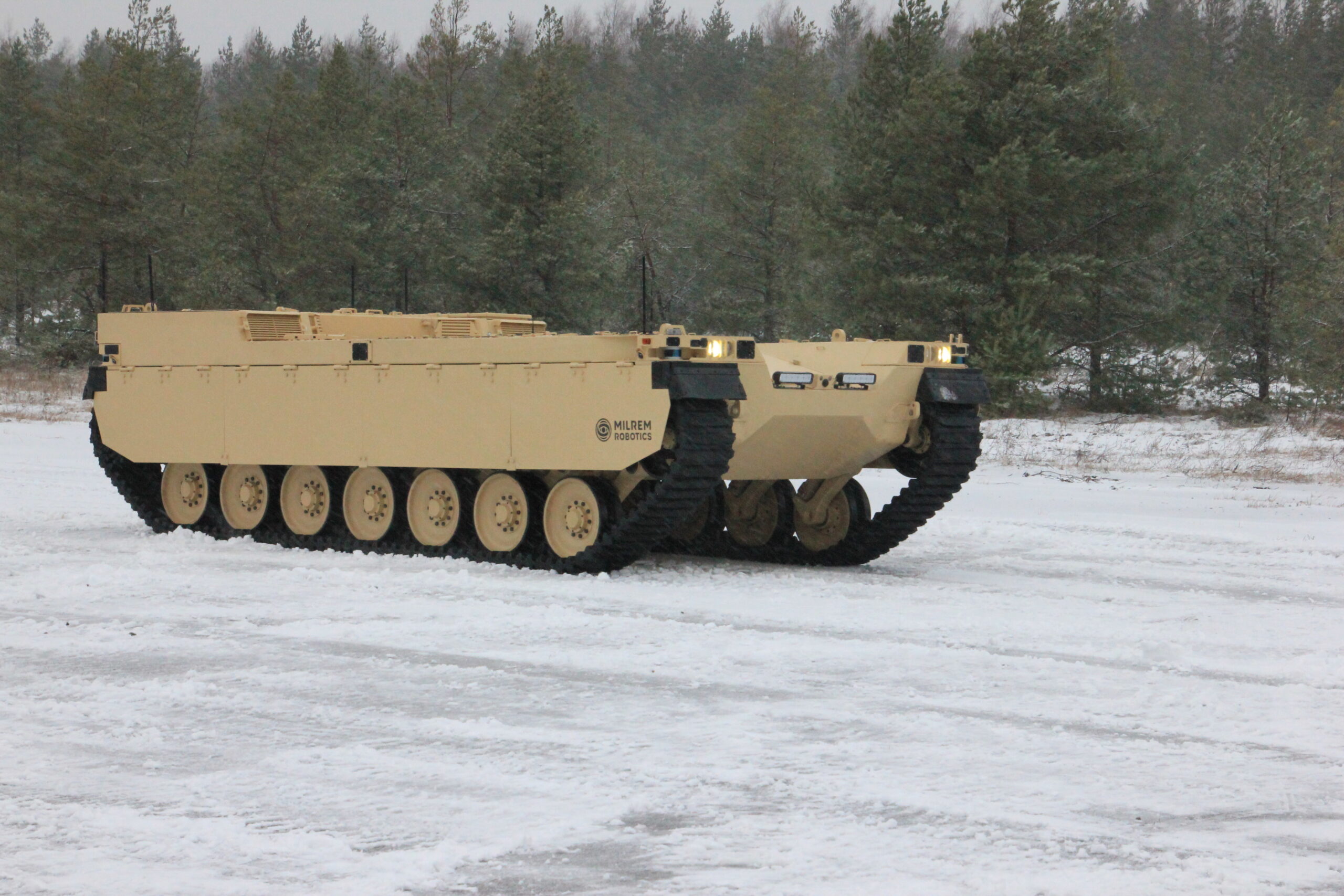
The response time for the slave suit was slow compared to a suit constructed of a single layer, and bugs caused "violent and uncontrollable motion by the machine" when moving both legs simultaneously. It was also designed as a master-slave system: the operator was in a master suit surrounded by the exterior slave suit, which performed work in response to the operator's movements. The Hardiman had major limitations, including its 680-kilogram (1,500 lb) weight. A feature called force feedback enabled the wearer to feel the forces and objects being manipulated. The suit was powered by hydraulics and electricity and amplified the wearer's strength by a factor of 25, so that lifting 110 kilograms (240 lb) would feel like lifting 4.5 kilograms (10 lb).

A suit called Hardiman was co-developed by General Electric and the US Armed Forces. In the 1960s, the first true 'mobile machines' integrated with human movements began to appear. This system was able to supplement human power with external power. Kelley developed what he called a pedomotor, which operated on steam power with artificial ligaments acting in parallel to the wearer's movements. In 1917, United States inventor Leslie C. It used energy stored in compressed gas bags to assist in movement, although it was passive and required human power. The earliest-known exoskeleton-like device was an apparatus for assisting movement developed in 1890 by Russian engineer Nicholas Yagin. An orthosis should promote the activity of muscle work and, in the best case, regain it. This also explains the difference to orthotics. However, similar to a powered exoskeleton, it does give mechanical benefits to the user. Ī powered exoskeleton differs from a passive exoskeleton due to the fact that a passive exoskeleton is not powered by a system of electric motors, pneumatics, levers, hydraulics, or a combination of technologies. The exoskeleton supports the shoulder, waist and thigh, and assists movement for lifting and holding heavy items, while lowering back stress.

Its design aims to provide back support, sense the user's motion, and send a signal to motors which manage the gears. The exhibit "future soldier", designed by the United States ArmyĪ powered exoskeleton (also known as power armor, powered armor, powered suit, cybernetic suit, cybernetic armor, exosuit, hardsuit, exoframe or augmented mobility) is a wearable mobile machine that is powered by a system of electric motors, pneumatics, levers, hydraulics, or a combination of technologies that allow for limb movement with increased strength and endurance.


 0 kommentar(er)
0 kommentar(er)
